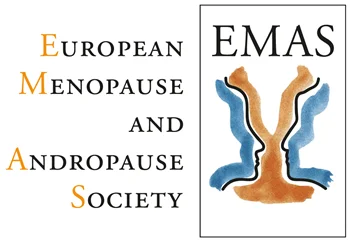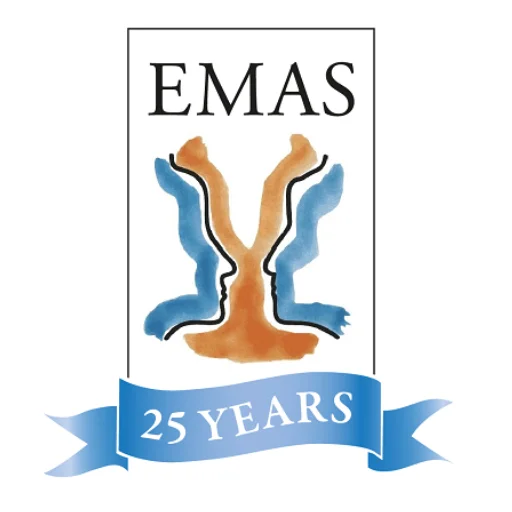Intro: Cardiovascular disease is the leading cause of mortality worldwide in women, accounting for 35% of total deaths.
Understanding how menopause impacts various aspects of health is crucial for creating a supportive workplace.
This podcast episode brought to you by the European Menopause and Andropause Society (EMAS), features Prof Jeanine Roeters van Lennep discussing how heart disease and stroke risk increase in women post-menopause and the steps that can be taken for prevention. Let’s dive into today’s discussion.
Prof Jeanine Roeters van Lennep: My name is Jeanine Roeters van Lennep and I’m an Associate Professor in Internal Medicine at Erasmus MC University Medical Centre, Rotterdam, the Netherlands. And I specialise in cardiovascular prevention with a focus on women. Today I will talk about heart disease and stroke in women.
Cardiovascular disease, which includes heart disease and stroke, is the leading cause of death in women. The number of women with cardiovascular disease continues to increase because of the pandemic of obesity and associated cardiovascular risk factors such as diabetes, hypertension, and high cholesterol. Nowadays, we know that there are differences between women and men in epidemiology such as age of onset, risk factors, diagnosis and treatment of cardiovascular disease.
First of all, coronary heart disease occurs about 10 years later in women compared to men.
Women have their own kind of cardiovascular protection which is likely due to the female sex hormones such as estrogen, because after menopause, when estrogens are low, the risk of heart disease increases more rapidly in women compared to men.
When women experience a myocardial infarction, most have chest pain. You really have to remember that. However, women also often have other symptoms at the same time, such as back pain or pain radiating to their neck or arms, but also shortness of breath or palpitations. And this makes it more difficult for women themselves, but also for healthcare professionals to recognise a myocardial infarction in a woman. Myocardial infarctions more often have a delayed or misdiagnosed in women. Myocardial infarctions can be caused by the blockage of coronary artery but can also have a myocardial infarction caused by coronary spasms or microvascular disease. And then often the coronary arteries are open and women more often have these latter forms.
Cardiovascular mortality in women is more often actually due to stroke than to heart disease, and women experience a stroke at an older age compared to men. Women also often have more atypical symptoms of stroke, enhanced more often by misdiagnosis.
Universal risk factors for heart disease and stroke for women and men include hypertension, high cholesterol, diabetes, and smoking. However, diabetes and smoking have more impact on cardiovascular disease in women compared to men. So even though smoking is bad for both women and men, it’s worse for women.
In addition to the universal cardiovascular risk factors, there are also sex-specific risk factors. Risk factors which only occur, for example, in women such as pregnancy complications like gestational diabetes and having had a hypertensive disorder of pregnancy, including gestational hypertension and preeclampsia, but also polycystic ovarium syndrome and also having an early menopause, especially Primary Ovarian Insufficiency, also called POI, when women experience their menopause at a very early age, before the age of 40.
During the menopausal transition, women develop more cardiovascular risk factors. Women experience weight gain, especially at the wrong places, and become more apple-shaped with a waist circumference higher than the hip circumference. Also the blood pressure increases, especially the increase in systolic blood pressure. That’s the first number of a blood pressure reading. And also the resistance to insulin increases leading to an increased risk of diabetes. And finally, last but not least, also cholesterol levels increase.
Because of all these changes, it’s very important to have regular cheques for blood pressure, glucose and cholesterol levels as even when these were OK before the menopausal transition, they might have increased and most women do not have symptoms of high blood pressure, diabetes and hypercholesterolemia. But these risk factors will lead to the progression of atherosclerosis in the arteries and eventually lead to heart disease and stroke. Therefore, timely treatments, preferably with lifestyle, but by drugs if needed, can prevent or at least slow down the process of atherosclerosis and ultimately heart disease and stroke. So I advise all women who are in perimenopause and menopause to know your numbers. Go and check your blood pressure, glucose and cholesterol levels in order to stay healthy at work and at home. I wish you a happy and healthy World Menopause and Work Day.


